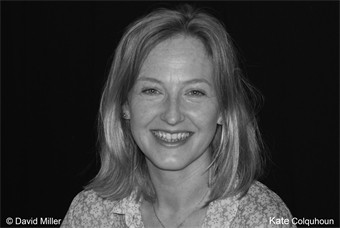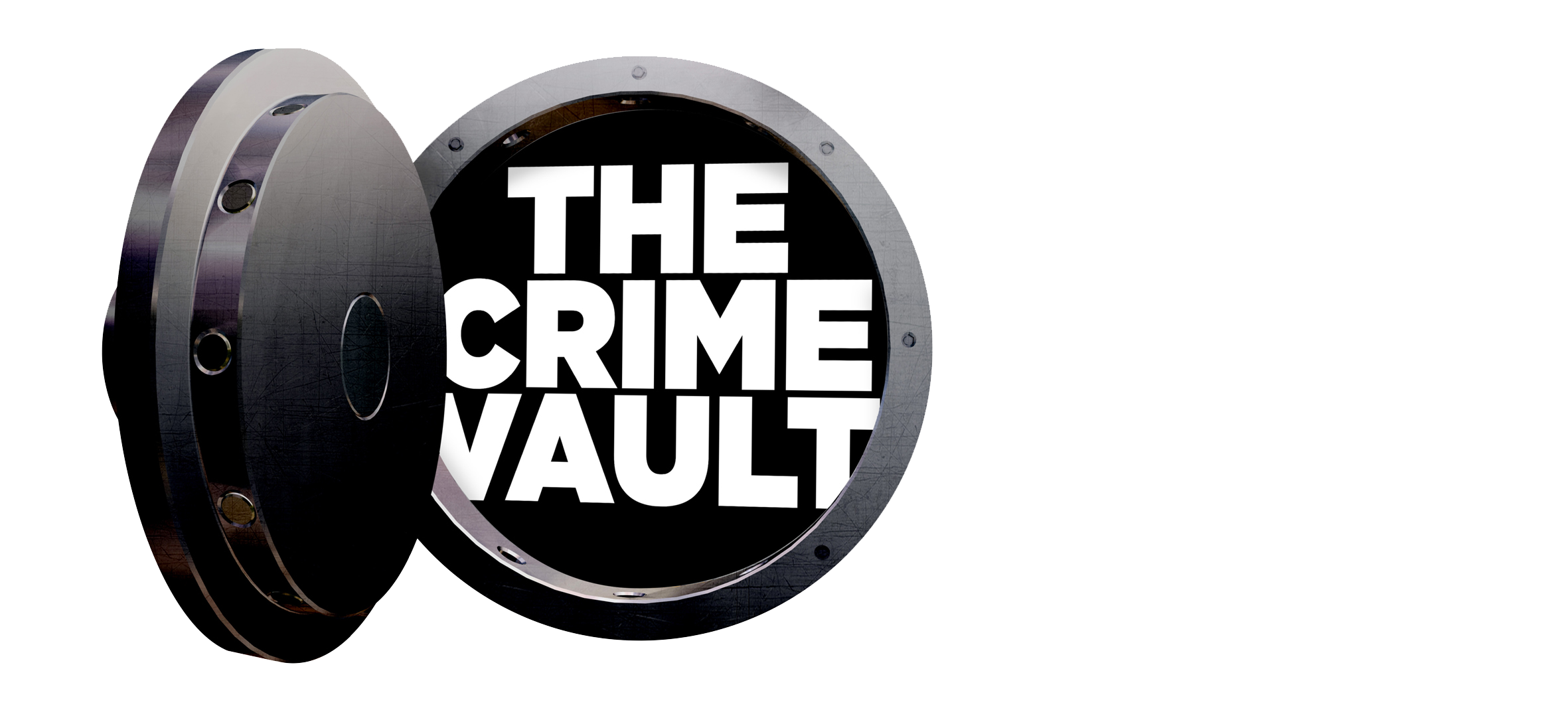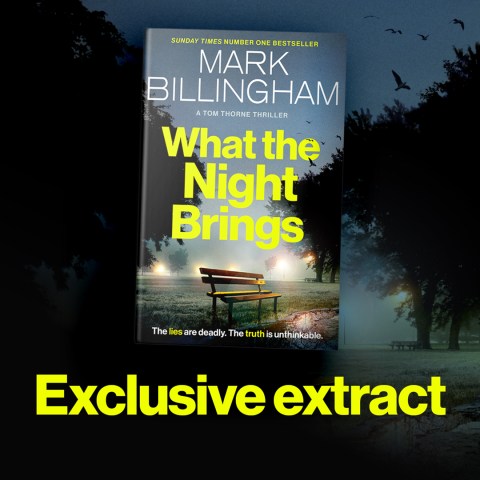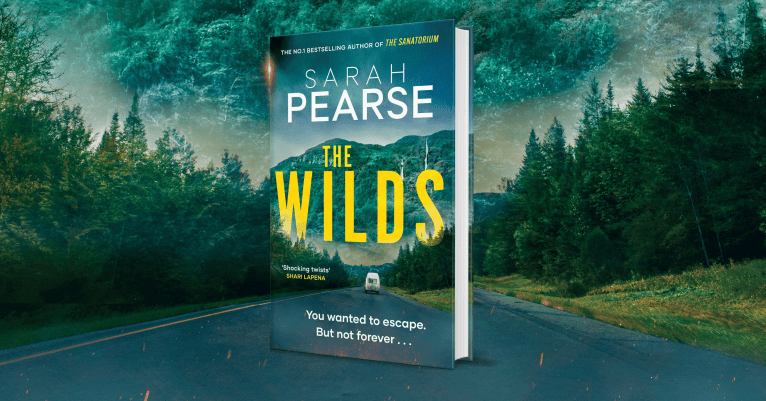Kate Colquhoun on Researching Mr Briggs’ Hat

Historical research, however rigorous, is never really finished: there are always gaps, inconsistencies and even bits of ‘fact’ that appear to compete or even cancel each other out. The job is to keep on investigating with an open enough mind to allow all that unearthed information to find its own pattern and speak for itself.
always gaps, inconsistencies and even bits of ‘fact’ that appear to compete or even cancel each other out. The job is to keep on investigating with an open enough mind to allow all that unearthed information to find its own pattern and speak for itself.
Mr Briggs’ Hat was assembled from documents in the UK and US National Archives and contemporary newspaper reports in order to tell the heart-breaking story of Britain’s first railway murder and a manhunt that galvanised the nation. A ‘did he do it?’ as much as a historical whodunit, readers may still feel – as the public did in 1864 – that the process of law got at the truth but not at its entirety.
That’s important. It has always been a story about uncertainty – the doubt has never been cauterised. Despite having access to information not seen by the public at the time, I can only speculate and the reader can only agree with or discount my speculations. We’re forced to accept that history, like life, is often disorderly and equivocal.
All this is partly what makes the story so compelling. I was conscious that I wanted readers to travel in the footsteps of those involved at the time, and also to experience what I felt while researching the book: the conundrums, what if’s, contradictions, discoveries and partial resolutions. That way, the story would belong to them as much as it did to me.
Publication is not the end of it, either. As reviews brought the book to the attention of people here and abroad, I began to receive emails from Thomas Briggs’ living relatives. Remarkably – some of them had old photos of the Briggs family. This was thrilling: there are plenty of contemporary images of Müller but the face of Thomas Briggs had disappeared. Now, though, I clicked on PDFs to stare, finally, at old photographs of the murdered man, of his wife, Mary and some of their children.
Some of are reproduced in the paperback – images of a frail and care-worn widow and of a middle-aged Briggs in the 1850s before he grew the ‘full beard’ with which he was later always described. I was surprised by the slightly eccentric nature of his face: I suppose I had expected something more industriously ‘solid’. I’ve also received copies of letters and information about what became of some of the other, less central characters in the story.
The most wonderful thing to have emerged is a fragile, coloured photo-miniature of Briggs from the early 1860s. It is likely to be as close as we ever get to looking at the face of the man as he appeared in July 1864, and it restores something of the man behind the story – the husband and the father whose murder reduced him to a cipher for the brutal transgression of solid middle-class Victorian respectability.
It is priceless, enabling us to continue to pick away at the edges of uncertainty.

Find out more about Kate Colquhoun here.
Connect with Kate Colquhoun on Twitter.
Discover more True Crime on The Crime Vault.






